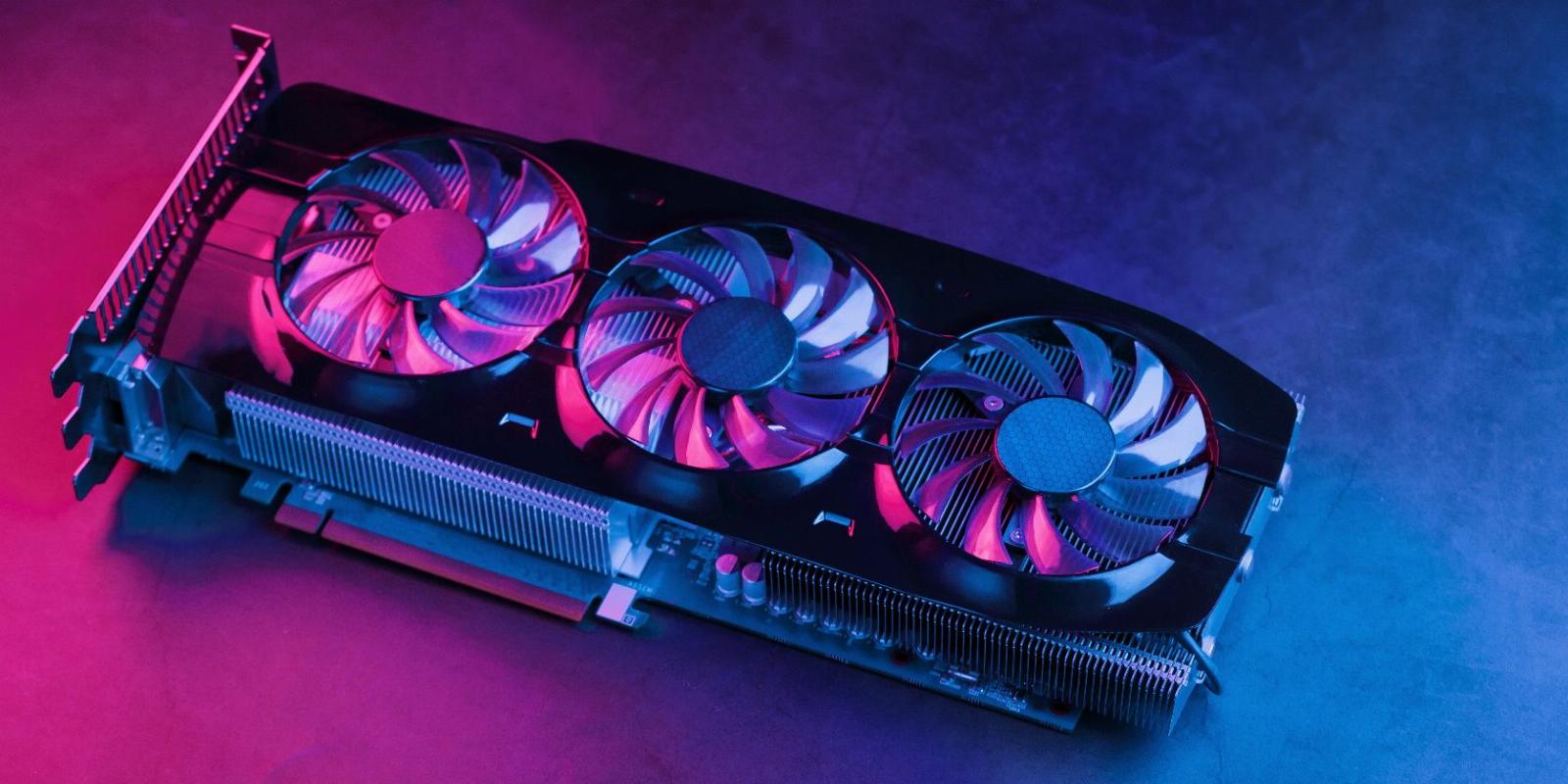
Graphics Cards TDP vs. TGP: What’s the Difference?
Reading Time: 3 minutesThese two terms are similar but measure slightly different things. Here’s how you tell the difference.
If you use your PC for gaming, the GPU is possibly one of the most important components in your build. With the launch of Nvidia’s latest 40-Series GPUs and AMD’s 8000 Series GPUs somewhat on the horizon, there’s a lot of talk about the power consumption of these next-gen GPUs.
If you’re looking to pick up a new GPU, its power requirements are something you need to keep in mind. When it comes to specifications, manufacturers often like to play around with terms and numbers, especially when it comes to power usage, conflicting users between two similar ratings: TDP and TGP.
What Does TDP Measure?
TDP stands for Thermal Design Power and is the maximum power that system hardware (like your GPU) can draw in a real-world scenario. This also often means the maximum amount of heat generated by the component that its cooling system can dissipate in real-world conditions.
It’s generally calculated by the power requirement of the specific component being cooled. For this reason, TDP is a general term that you’ll see scattered throughout PC peripherals, including processors that also measure their power draw in TDP.
What Does TGP Measure?
TGP stands for Total Graphics Power, and while it’s similar to TDP in terms of what it means, it’s a term more specific to GPUs. It essentially indicates the power that a graphics card needs from a power supply.
While TDP often simply means the maximum power draw of a component, TGP means the same thing, except specifically for graphics cards. That way, if you saw two similar TDP and TGP specifications, you’ll instantly know for sure which one represents the GPU.
Another similar term that you’ll see floating around is TBP or Total Board Power. This is exactly the same as TGP. The only difference between the two is that Nvidia prefers to show card wattage in TGP while AMD uses TBP.
TDP vs. TGP: What’s the More Accurate Measurement?
As mentioned before, if you see two listings, one in TDP and one in TGP, the TGP one refers to the actual GPU power rating. As far as accuracy goes, in most cases, both numbers will be the same for a graphics card, so you can go for either of them.
That said, it’s better to always look for a TGP or TBP rating, as that’ll simply be specific to the GPU and leaves no room for doubt or guessing. It’s something you need to be absolutely sure about unless you don’t mind the extravagant costs of these next-gen GPUs.
Another thing to keep in mind is the power efficiency of these cards. At least in Nvidia’s case, the new Ada Lovelace architecture is significantly better than its predecessor, meaning you get more performance per watt out of your card.
Should You Choose Between TGP or TDP?
As far as your graphics card power decisions are concerned, TGP is all you need to determine whether or not your PSU can handle the card. To reiterate, it’s the definitive term meant specifically for GPUs when it comes to power usage.
Most graphics cards come with a minimum PSU rating recommendation that users need to adhere to in order to run the cards properly. If you’re not on the newer ATX 3.0 PSU specification, you might have to jump a few hoops to get your card running.
However, as long as you have enough headroom after accounting for your PC’s total power draw, including your graphics card’s TGP, your PSU will still work just fine. TGP will also help you determine your GPU’s power efficiency.
Power Your PC Right
The TDP ratings of different components added together will give you the total power you need from your PSU to keep your PC running. If you’re going with Nvidia’s 40-Series GPUs or the rival offerings from AMD, we recommend having at least an 800W PSU to power everything right.
After all, knowing how much power your PC draws is key to building a good system that can make the most out of its hardware. At the same time, knowing what rating PSU to get will help you keep your components safe, have headroom for overclocking and perhaps even save some money.
Reference: https://www.makeuseof.com/graphics-cards-tdp-vs-tgp-whats-the-difference/
Ref: makeuseof
MediaDownloader.net -> Free Online Video Downloader, Download Any Video From YouTube, VK, Vimeo, Twitter, Twitch, Tumblr, Tiktok, Telegram, TED, Streamable, Soundcloud, Snapchat, Share, Rumble, Reddit, PuhuTV, Pinterest, Periscope, Ok.ru, MxTakatak, Mixcloud, Mashable, LinkedIn, Likee, Kwai, Izlesene, Instagram, Imgur, IMDB, Ifunny, Gaana, Flickr, Febspot, Facebook, ESPN, Douyin, Dailymotion, Buzzfeed, BluTV, Blogger, Bitchute, Bilibili, Bandcamp, Akıllı, 9GAG